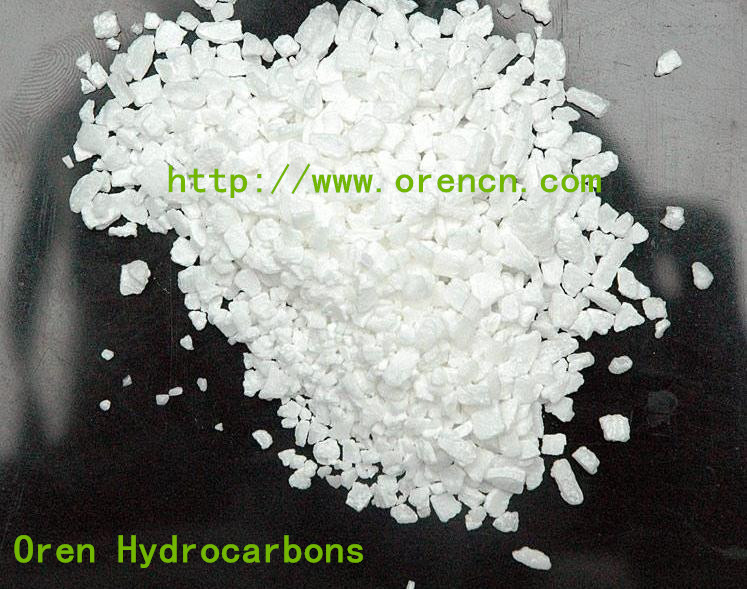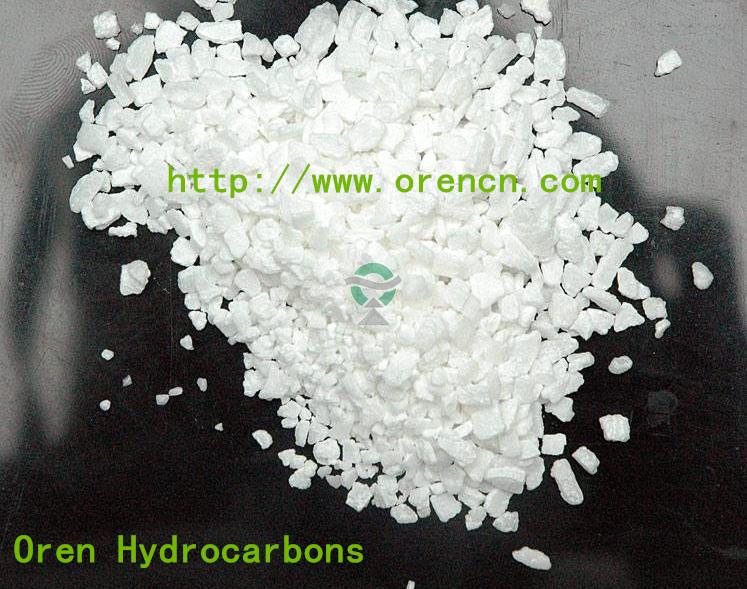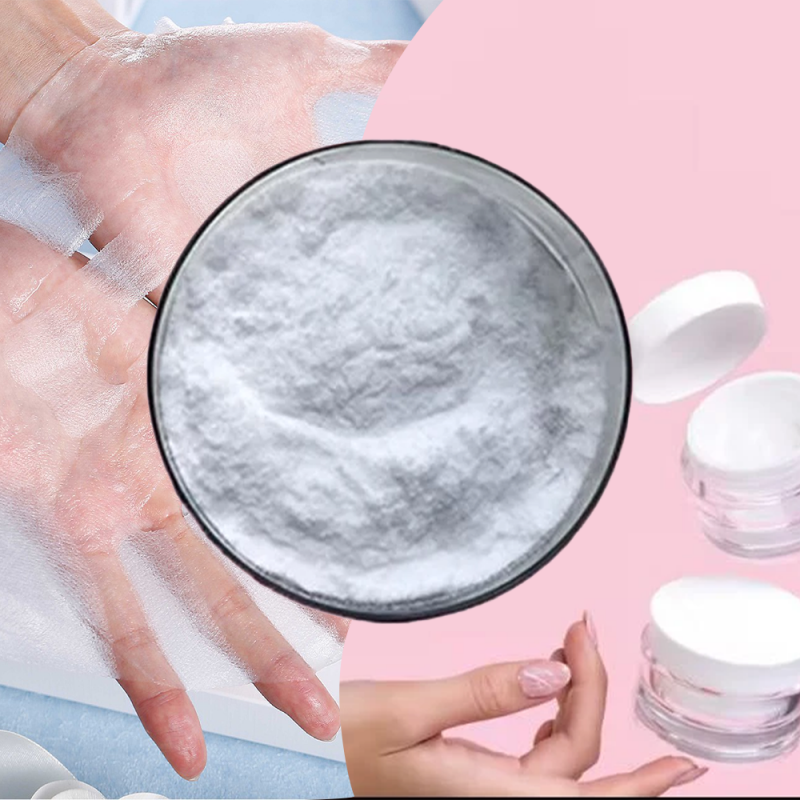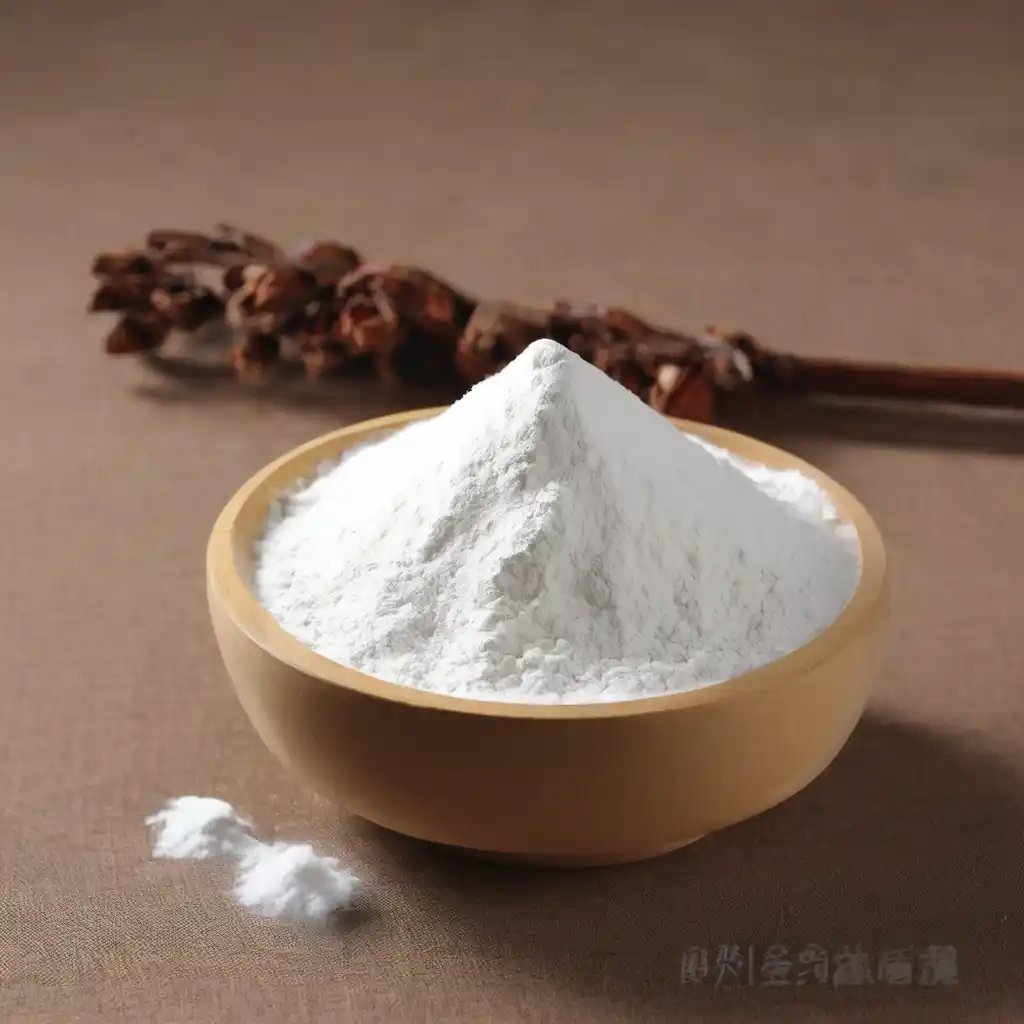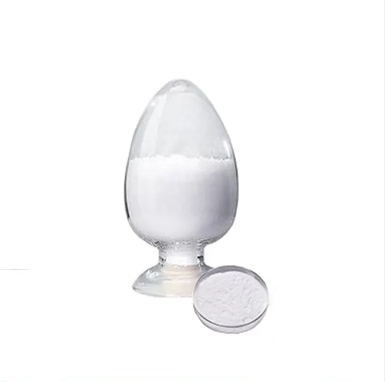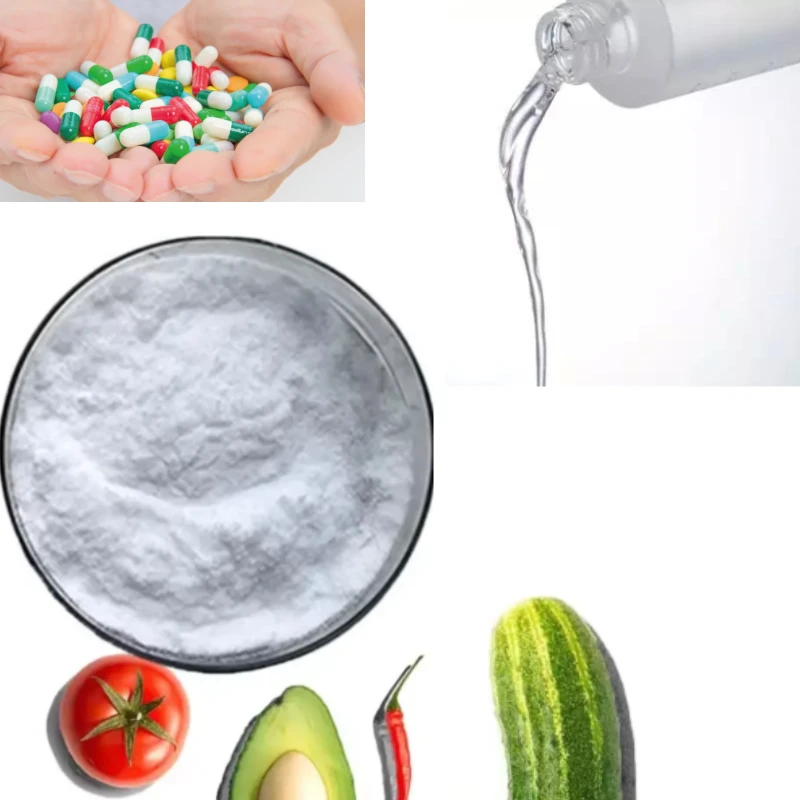The simplest/quickest explanation would be that mixing pretty much anything with anything decreases the melting point (mixtures have lower melting point than the predominating component), because it increases entropy, disorder.
Adding an impurity like calcium chloride into molten sodium chloride lowers the melting point (likewise, the freezing point) because, as Kristina Kučandastated, the entropy is increased. Why? Because with the presence of calcium ions, the sodium ions are farther from each other and moving more randomly in respect to one another in the molten solution. Thus the sodium ions need to be cooler (lower temperature, lower energy) to solidify (freeze) or, conversely, melt. Adding an impurity always lowers the melting point. Here in the UK we add salt to melt the ice in winter but every year we run out of salt and the nation grinds to a halt.
This is an example of the "colligative properties" of substances. You can google "colligative properties" for explanations.I would just read various explanations until you find one that is at the right level for you.They can be explained in simple terms without considering entropy changes, but entropy is probably the best way to explain these effects. The important concept here is known as "chemical potential".
